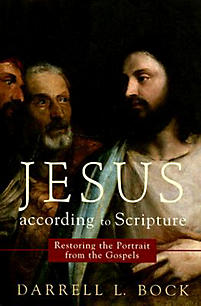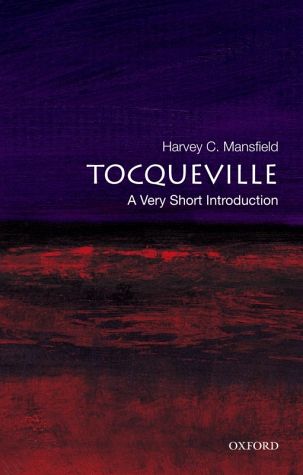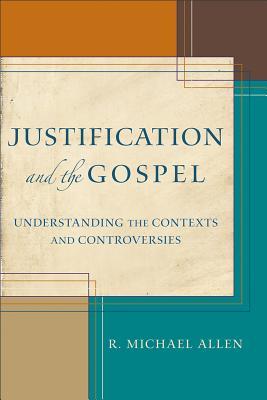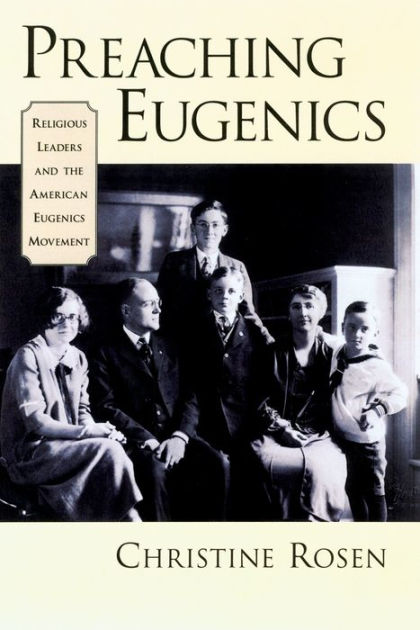Oliphint, K. Scott. The Majesty of Mystery: Celebrating the Glory of an Incomprehensible God. Bellingham, WA: Lexham, 2016.
 In this excellent study Oliphint looks at mystery in the doctrines of the Trinity and Incarnation, God’s relationship with people, God’s decree, providence and human choice, and prayer. He develops each of these topics by a biblical survey of the topic followed by developing the material doctrinally. Oliphint then makes the necessary distinctions which demonstrate that though mysterious, the doctrine is not nonsensical. He closes each study with a meditation on how the mystery should give rise to worship.
In this excellent study Oliphint looks at mystery in the doctrines of the Trinity and Incarnation, God’s relationship with people, God’s decree, providence and human choice, and prayer. He develops each of these topics by a biblical survey of the topic followed by developing the material doctrinally. Oliphint then makes the necessary distinctions which demonstrate that though mysterious, the doctrine is not nonsensical. He closes each study with a meditation on how the mystery should give rise to worship.
Oliphint argues against both a rationalist approach to theology in which whatever doesn’t measure up to a certain standard of what is considered reasonable must be discarded and against a mystical approach to theology in which the mind is unengaged. Rather, Oliphint argues that since theology has to do with an incomparable God who has condescended to reveal himself to us, we should expect to find mystery. In fact, the mystery should cause us to worship God because it reveals a greatness that is beyond our comprehension.






 This is one of those books that stands head and shoulders above other recent books. It comes in three parts. In Part I Rowe examines the Stoic philosophers Seneca, Epictetus, and Marcus Aurelius. In Part II Rowe summarizes the thought of Paul, Luke, and Justin Martyr. In Part III Rowe investigates the question of whether these two rival traditions can be compared.
This is one of those books that stands head and shoulders above other recent books. It comes in three parts. In Part I Rowe examines the Stoic philosophers Seneca, Epictetus, and Marcus Aurelius. In Part II Rowe summarizes the thought of Paul, Luke, and Justin Martyr. In Part III Rowe investigates the question of whether these two rival traditions can be compared. Certain kinds of religious leader gravitated toward eugenics in the early twentieth century, ministers anxious about the changing culture but also eager to find solutions to its diagnosable ills. Theirs was a practical spirituality better understood in terms of worldviews than theologies. Many of the religious leaders who joined the eugenics movement were well-known, even notorious, for their lack of coherent doctrinal vision; of one Congregationalist advocate for eugenics it was said, “He is not a theologian in the ordinary sense, for he loves flowers more than botany.” Of another, a well-known Baptist minister, one critic noted the impossibility of constructing even a preliminary image of his beliefs: “No painter who ever lived could make a picture which expressed the religion of the Rev. Harry Emerson Fosdick.”
Certain kinds of religious leader gravitated toward eugenics in the early twentieth century, ministers anxious about the changing culture but also eager to find solutions to its diagnosable ills. Theirs was a practical spirituality better understood in terms of worldviews than theologies. Many of the religious leaders who joined the eugenics movement were well-known, even notorious, for their lack of coherent doctrinal vision; of one Congregationalist advocate for eugenics it was said, “He is not a theologian in the ordinary sense, for he loves flowers more than botany.” Of another, a well-known Baptist minister, one critic noted the impossibility of constructing even a preliminary image of his beliefs: “No painter who ever lived could make a picture which expressed the religion of the Rev. Harry Emerson Fosdick.”